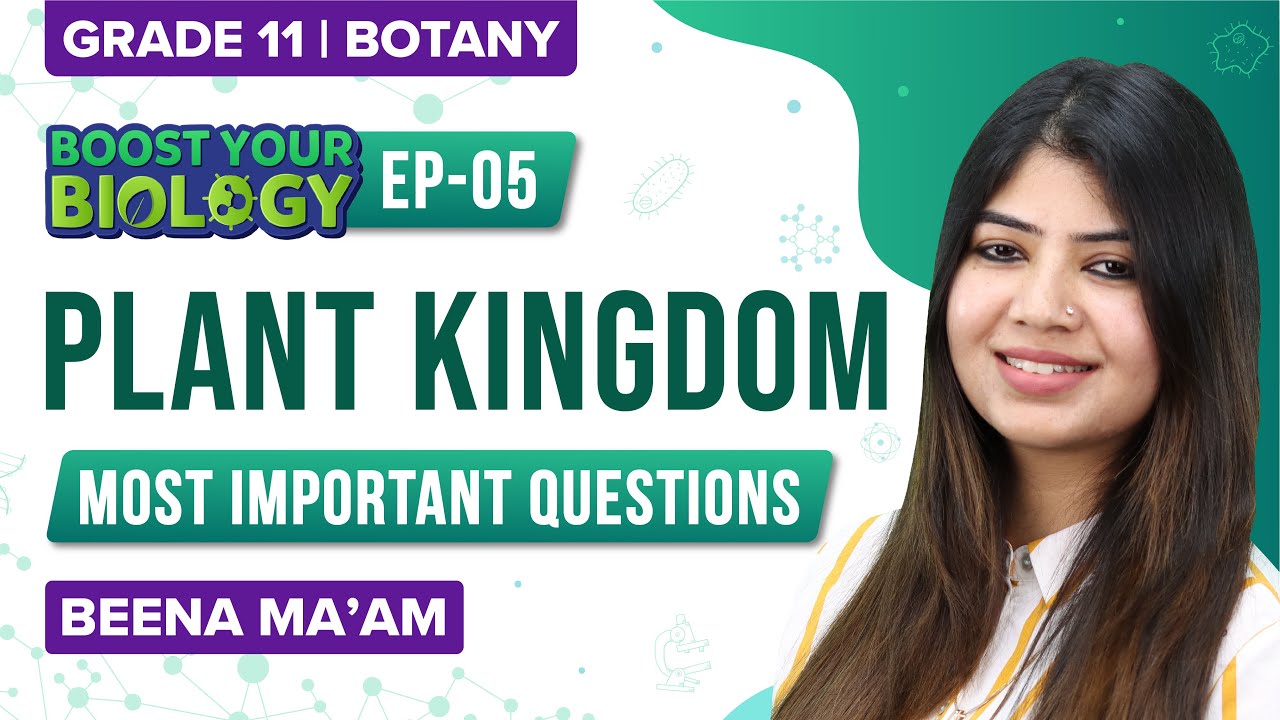Volvox is a genus of green algae containing around 20 species of freshwater algae. Thousands of cells together form colonies. There are around 500 to 60,000 cells in each colony of volvox. Leeuwenhoek was the first scientist to observe them in 1700. Volvox is widely studied to understand the process of morphogenesis. They live in freshwater habitats such as ponds, ditches, etc. The colour of the pond looks greenish due to the rapid growth of volvox.
Download Complete Chapter Notes of Plant Kingdom
Download Now
Table of Contents:
Volvox Classification
Volvox is classified in the class Chlorophyceae due to the presence of chlorophyll.
| Domain | Eukaryota |
| Kingdom | Plantae |
| Phylum | Chlorophyta |
| Class | Chlorophyceae |
| Order | Chlamydomonodales |
| Family | Volvocaceae |
| Genus | Volvox |
Common species are Volvox aureus, Volvox globator, V. carteri, V. barberi, etc.
Volvox Diagram

Volvox Characteristics
- A single colony of volvox looks like a ball of ~0.5 mm in diameter
- The plant body of volvox is a hollow sphere called coenobium, thousands of cells are arranged in the periphery of the sphere
- The cells of coenobium are of two types, germ cells and flagellated somatic cells
- Extracellular matrix of coenobium is made up of glycoproteins
- Individual cells are spherical in shape
- They have a cup-shaped chloroplast
- Chloroplast contains pyrenoids
- The cell has a nucleus, vacuoles and an eyespot
- Two equal-sized flagella are present in each cell anteriorly. The coordinated movement of flagella enables the colony to move in the water
- Each cell performs all the metabolic functions independently such as respiration, photosynthesis, excretion, etc.
- Cytoplasmic strands formed during cell division connects adjacent cells
- Polarity exists in the coenobium as cells of the anterior region have bigger eyespots than cells of the posterior region
- Eyespot is used for light reception, cells with larger eyespot are grouped together, and they facilitate phototaxis movement
- Volvox significantly contribute to the production of oxygen and also many aquatic organisms feed on them
- Volvox aureus may multiply rapidly, resulting in the harmful algal bloom (HAB). HAB is more frequent in warm waters having a high nitrogen content
Volvox Life Cycle
- The life cycle of Volvox is haplontic, i.e. the dominant stage is free-living haploid (n) gametophyte and the sporophyte is represented only by the diploid zygote (2n)
- Volvox show cell differentiation in terms of reproductive and somatic cells
- Most of the species reproduce by both mechanism, asexual under the favourable condition and sexual reproduction during the unfavourable condition
- In asexual reproduction, reproductive cells known as gonidia produce daughter colonies, which on maturing, are released from the parent
- The gonidium undergoes multiple division to form a colony of around 3200 cells
- Sexual reproduction is oogamous
- Each coenobia may be monoecious or dioecious
- Sexual reproduction is by male and female reproductive cells known as spermatozoa and ova respectively
- An ovum is produced inside the oogonium. Ova are large and non-motile. They are green in colour due to the presence of chloroplasts. It contains pyrenoids and has food storage
- Spermatozoa are produced inside the antheridium in a bunch. Each sperm is spindle-shaped having a pair of apical cilia
- Biflagellated antherozoids are released either in a group or individually
- Antherozoids get attracted towards oogonium by the chemotactic movement. They break the wall of oogonia by the action of proteolytic enzyme
- Out of many sperms that enter, only one antherozoid fertilises the egg
- Ova and spermatozoa undergo fertilization to form a diploid zygote
- Zygote forms cyst and becomes red due to the accumulation of hematochrome
- The zygote detaches from the parent after the disintegration of the parent and remains dormant for a longer duration
- The zygote undergoes meiotic cell division to form four haploid cells.
- They further undergo multiple mitotic cell division to form a colony and the life cycle continues
Stay tuned to BYJU’S to learn similar concepts and learn more about Plant kingdom.
Also Check:
NEET Flashcards: The Living World
NEET Flashcards: Biological Classification
NEET Flashcards: Plant Kingdom
NEET Flashcards: Morphology Of Flowering Plants
NEET Flashcards: Anatomy Of Flowering Plants
Frequently Asked Questions
Is Volvox colonial or multicellular?
Volvox is a genus of colonial green algae. Thousands of cells together form colonies. There are around 500 to 60,000 cells in each colony of volvox.
How does Volvox reproduce sexually?
Sexual reproduction is by formation and fusion of male and female reproductive cells known as spermatozoa and ova respectively. Sexual reproduction is oogamous. An ovum is produced inside the oogonium and spermatozoa are produced inside the antheridium. Biflagellate antherozoids get attracted towards oogonium by the chemotactic movement and forms diploid zygote after fertilization. The zygote undergoes meiosis to produce haploid cells.
Is Volvox prokaryotic or eukaryotic?
Volvox is a genus of colonial green algae. They are eukaryotic.
Which class does Volvox belong to?
Volvox is a genus of green algae and they form colonies having thousands of cells. They are eukaryotic. Volvox belongs to the class Chlorophyceae due to the presence of chlorophyll.
What is an example of a Volvox?
Volvox globator is the most common species of Volvox. There are around 20 species come under this genus.
Recommended Video:

Also explore:
- Examples of Green Algae
- Economic Importance of Algae
- Uses of Blue-Green Algae
- Characteristics of Brown Algae
- What is an Algae bloom?

Comments